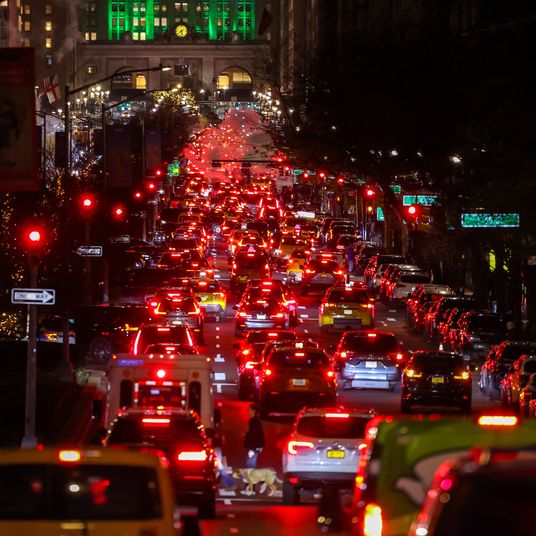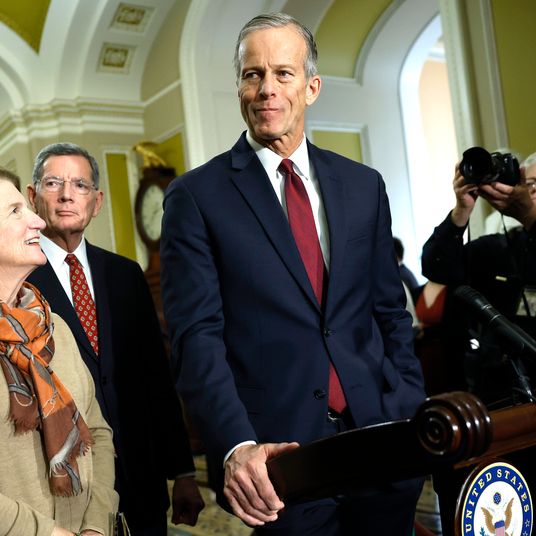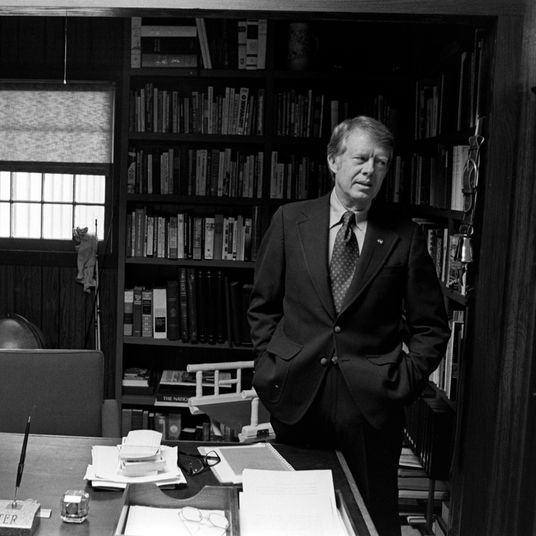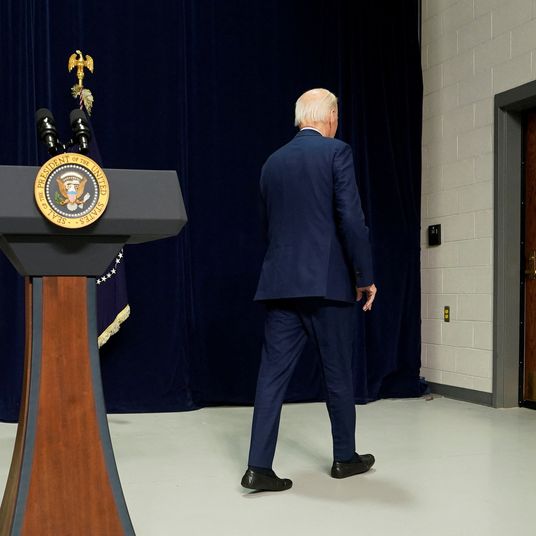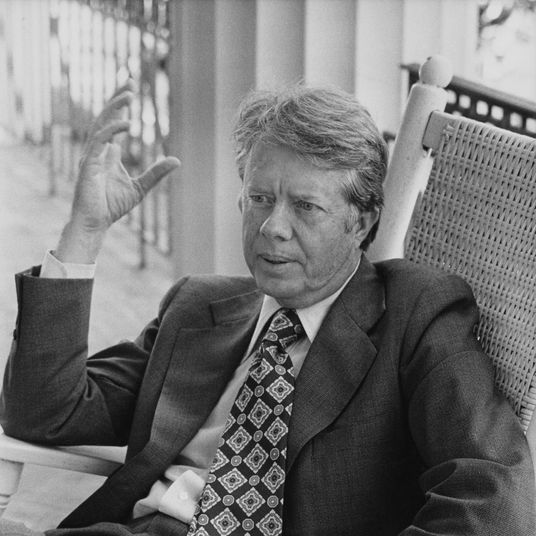Birds have been attacking human aircraft since long before yesterday’s near-disaster with Flight 1549. The first “bird strikes,” as they are called, were recorded just a few years after the original Wright Brothers flight, and the creatures have been menacing us ever since. Bird Strike Committee USA, a joint partnership between the U.S. Department of Agriculture, the Federal Aviation Administration, and the Department of Defense, estimates that birds cause $600 million in damages in the country each year, and have caused 219 deaths internationally since 1991. When they’re not striking, these would-be suicide bombers bide their time lurking around airports, since, as John Ostrom, chairman of the Bird Strike Committee, puts it: “They’re wide-open attractive places free of predators and [are] a good food source.” New York’s airports are particularly vulnerable to Canadian geese and seagulls — fat, hideous birds whose sudden flocking has felled many a plane. But what drives this behavior? Are they angry that humans have infiltrated their territory? Why do birds hate us?
Irene Schulz, president of the Bird Lovers Only Rescue Service, would like us to believe that birds are merely ignorant. “This is not the bird’s fault,” she says, of their tendency to fly straight into engines in a way that looks as though they are doing it on purpose. “They don’t know our technology. They don’t understand there is a plane in the way and it’s not going to move for them. Unfortunately, they don’t teach that in geese school.”
Plus, she suggested, planes have an unfair advantage. “A plane flies faster than a bird, so it’s actually like a Pacman come to gobble,” she says.
So it’s our fault that their schools are ill-equipped, their technology is backward, and they don’t have enough food where they come from? Please. We’re not the ecosystem’s parents. Irene also suggested the birds’ deadly, highly organized flying style was a kind of cultural difference. The pack mentality, she said, is just “birds being birds.”
Well, as we see it, birds are welcome to be “birds,” so long as they don’t infringe on humans’ freedom to hurtle through space in a giant motorized tin can whenever we want to.
Fortunately, officials at New York’s airports, run by the Port Authority, have taken a harder line than bleeding-heart Irene, and have responded to the bird threat proactively, with some unusual steps throughout the years. More than a decade ago, Kennedy International Airport maintained a cadre of trained falcons and hawks that were flown around the airports to scare off the geese and gulls, but this bird-on-bird action was only limitedly successful. JFK and LaGuardia next tried employing loud sonic booms to disrupt them, but like most New Yorkers, they learned to live with their nosy neighbors.
Other techniques that have been tried, according to Ostrom, include pyrotechnics, scarecrows, stuffed foxes and coyotes, propane cannons, dogs, radio-controlled remote cars, and banging on pots and pans. None have eradicated the problem. “It’s impossible to turn an airport into a biological desert,” says Ostrom. But that doesn’t mean they can’t keep trying. In fact, we were heartened to hear that recently, frustrated airport officials finally moved on to the only time-tested approach — guns. Up until today, the Port Authority has been a little nervous about how the public might react to news that they have rifle-toting marksmen who hunt birds. But yesterday’s incident showed how much damage nature’s terrorists can do — and now people are sure to be more, er, hawkish on the war on birds. God willing.






